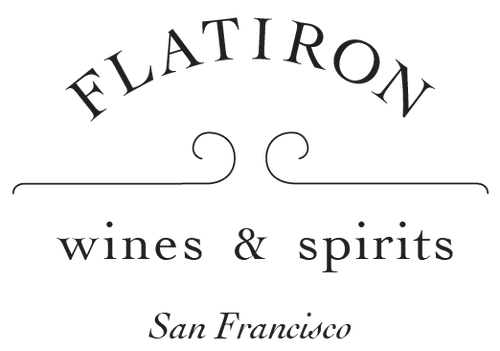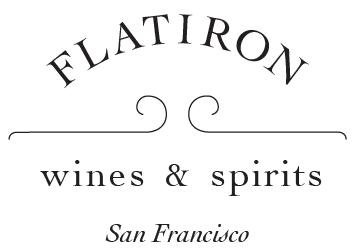The Chartogne-Taillet Champagne Brut Cuvée Sainte Anne NV is a refined and expressive Champagne from the historic village of Merfy in the Montagne de Reims. This cuvée is typically a blend of equal parts Pinot Noir and Chardonnay, sourced from organically farmed estate vineyards that have been family-owned since 1485. Fermented with native yeasts and aged in older oak barrels, the wine undergoes minimal filtration, preserving its authentic character. A modest dosage of around 4 g/L ensures a Brut style that balances richness and vibrancy.
On the nose, this Champagne reveals inviting aromas of ripe orchard fruits, including apple and pear, complemented by notes of brioche, toasted almonds, and delicate floral undertones. The palate is generous and well-structured, with a fine mousse and lively acidity carrying flavors of citrus zest, red berries, and a touch of minerality. The finish is long and elegant, showcasing balance and finesse.
This versatile Champagne pairs beautifully with seafood dishes, roasted poultry, or creamy cheeses, making it suitable for both celebratory moments and refined dining. While approachable now for its freshness and vibrancy, the Chartogne-Taillet Cuvée Sainte Anne NV will reward cellaring over the next 2–3 years, gaining additional nuance and depth. It is a superb representation of the Chartogne-Taillet family’s dedication to terroir-driven Champagne.
One of our favorite Champagnes at this price point.






